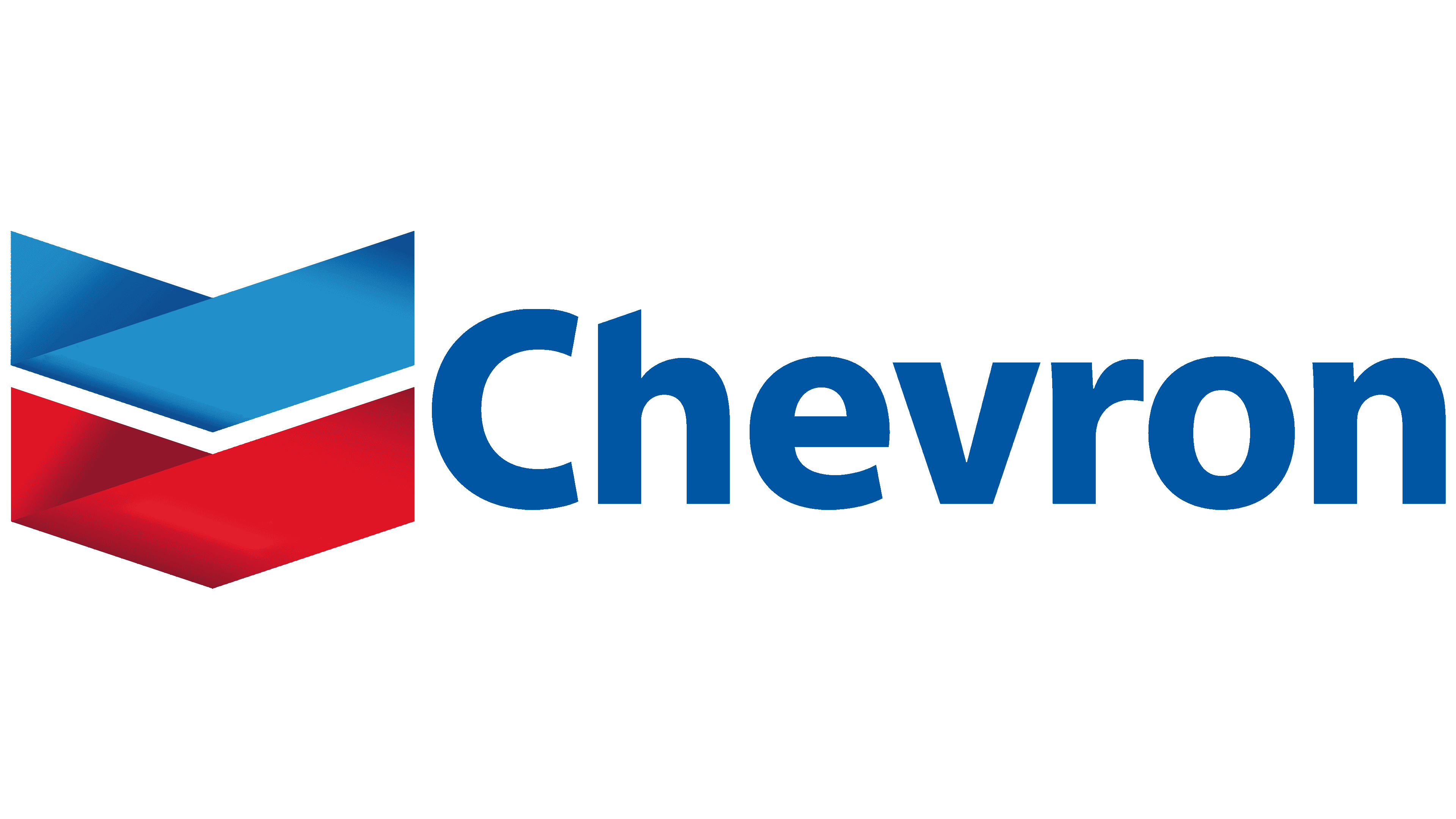
Analysts predict an earnings per share (EPS) of $2.43 and revenue of approximately $48.99 billion.
Chevron is rated as a hold due to its strong dividend yield but has limited potential for price appreciation.
The company boasts a low debt-to-equity ratio of 0.15, indicating financial stability and a conservative approach to debt.
Chevron Corporation (NYSE:CVX) is gearing up to release its quarterly earnings on November 1, 2024. Analysts predict an earnings per share (EPS) of $2.43, with revenue expected to reach around $48.99 billion. As a major player in the energy sector, Chevron operates globally, engaging in both upstream and downstream activities, which include exploration, production, refining, and marketing of oil and gas.
Investors are closely watching Chevron’s upcoming earnings announcement. The company is currently rated as a hold, primarily due to its strong dividend yield. However, there is limited potential for price appreciation, and some risks are associated with the earnings release. Despite these concerns, Chevron remains a solid choice for long-term investors, thanks to its strong cash flow and low debt levels.
Chevron’s financial metrics provide insight into its market valuation. The company has a price-to-earnings (P/E) ratio of 14.44, which helps investors understand how much they are paying for each dollar of earnings. Its price-to-sales ratio is 1.39, indicating how the market values its sales. Additionally, the enterprise value to sales ratio is 1.48, and the enterprise value to operating cash flow ratio is 8.23, reflecting the company’s overall valuation and cash flow efficiency.
The company’s earnings yield stands at 6.93%, showing the earnings generated per dollar invested. Chevron’s debt-to-equity ratio is relatively low at 0.15, suggesting a conservative approach to using debt in its capital structure. This low ratio indicates that Chevron relies more on equity than debt to finance its operations, reducing financial risk. Furthermore, the current ratio of 1.16 demonstrates Chevron’s ability to cover short-term liabilities with its short-term assets, ensuring financial stability.

